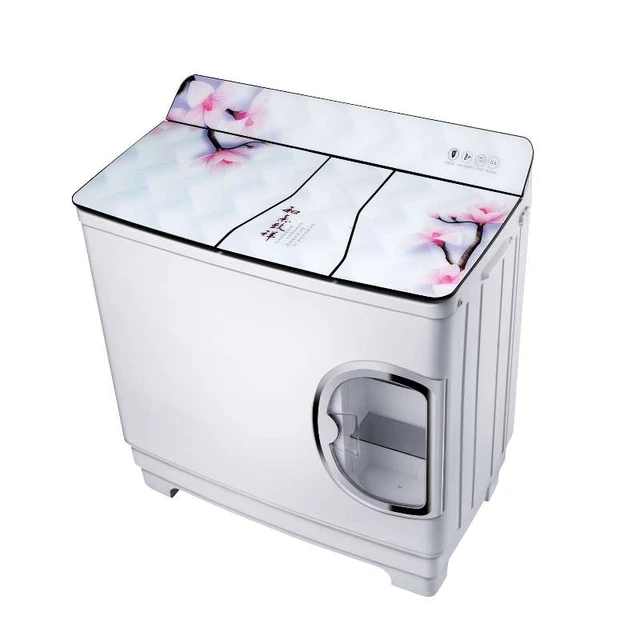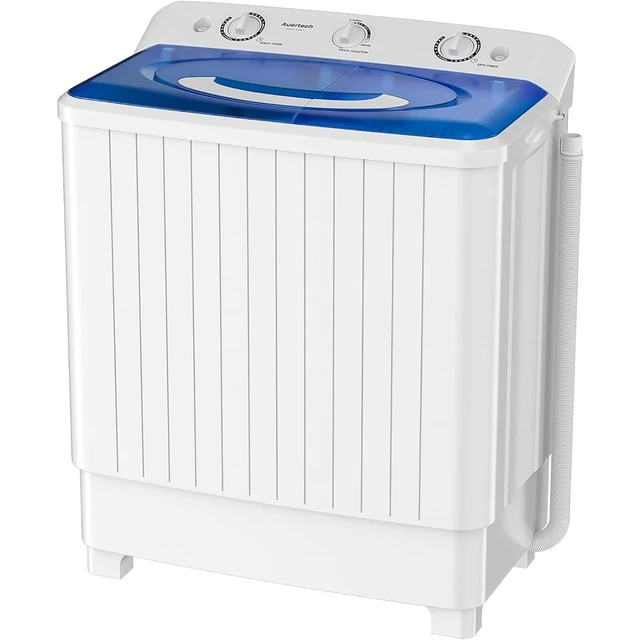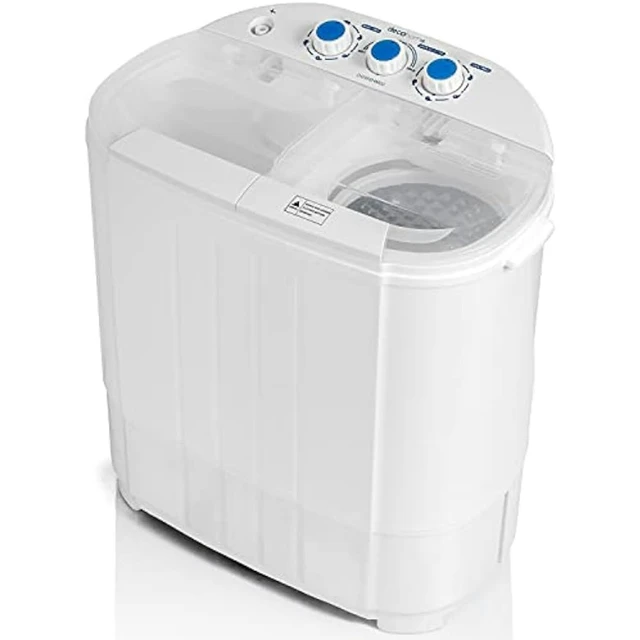The Basic Functioning of a Washing Machine
Washing machines are complex appliances designed to automate the process of cleaning clothes. Their basic functions include filling with water, agitating (or tumbling) to clean the clothes, draining the water, and then spinning the clothes to remove excess water before the drying cycle. In a normally functioning washing machine, the water should cease to fill once the spin cycle commences. However, if your washing machine keeps filling with water during the spin cycle, this signals a particular issue that needs to be resolved promptly.
Symptoms and Initial Diagnosis
When diagnosing this problem, you may notice several symptoms:
- Constant Water Filling: The most apparent symptom is the continual filling of the washing machine with water even as the drum is attempting to spin.
- Inconsistent Water Levels: You may notice that the water levels fluctuate inconsistently throughout the cycle.
- Prolonged Cycle Time: Because the machine continues to fill with water, the cycle time may be extended significantly, leading to inefficient washing.
- Electrical and Mechanical Noise: Unusual noises from the washing machine could also accompany this issue, indicating that the appliance is struggling to operate correctly.
Potential Causes for Continuous Water Filling
There are several potential causes for why a washing machine would continuously fill with water during the spin cycle. Understanding these can help you pinpoint the problem and decide on the best course of action.
Faulty Water Inlet Valve
The water inlet valve controls the flow of water into the washing machine. If this valve is malfunctioning, it may not close properly, leading to a continuous flow of water. This can occur due to several reasons:
- Mechanical Failure: Components within the valve might be worn out.
- Electrical Issues: The solenoid that controls the valve might be failing.
- Blockages: Debris or mineral deposits could prevent the valve from closing completely.
Malfunctioning Water Level Pressure Switch
The water level pressure switch is a critical component that measures the water level in the washing machine drum and signals the machine to stop filling once the desired level is reached. There are two primary issues that could affect this switch:
- Failed Sensor: The sensor itself could be malfunctioning, providing incorrect readings to the control board.
- Pressure Hose Issues: The hose connected to the switch may be clogged, kinked, or damaged, preventing it from correctly sensing the water level.
Defective Timer or Control Board
The timer or control board orchestrates the washing machine’s various cycles, including when to fill, agitate, drain, and spin. If there is a defect in the timer or control board, it might send continuous signals to keep the water inlet valve open during the spin cycle.
- Circuit Board Damage: Damage to the circuitry could result in miscommunication between components.
- Software Glitches: In modern washing machines, software glitches could disrupt the normal sequence of operations.
Issues with the Drain Pump
While less common, issues with the drain pump could also cause the washing machine to continue filling with water. If the drain pump is not functioning correctly, it might not be removing water from the drum efficiently, causing a backup that prevents the machine from detecting the correct water level.
- Blocked Pump: Debris or foreign objects could clog the pump.
- Mechanical Failure: The pump itself might be damaged or worn out.
Troubleshooting the Washing Machine
Safety Precautions Before Troubleshooting
Before you start any troubleshooting process, ensure that you disconnect the washing machine from the power source to prevent electrical shock. Additionally, turning off the water supply to the machine is advisable.
Inspecting the Water Inlet Valve
- Locate the Valve: The water inlet valve is usually located at the rear of the washing machine where the water hoses are connected.
- Check for Obstructions: Remove the hoses and inspect the valve for any debris or blockages.
- Test the Solenoids: Using a multimeter, test the solenoids for electrical continuity. A lack of continuity indicates a faulty solenoid that needs replacement.
- Replace if Necessary: If the valve or solenoids are faulty, replace them with new parts. Ensure the replacement parts are compatible with your washing machine model.
Checking the Water Level Pressure Switch
- Access the Switch: The water level pressure switch is typically located inside the control panel. You might need to remove a few screws to access it.
- Inspect the Hose: Ensure the hose connected to the switch is free of kinks and debris. If the hose is damaged, replace it.
- Test the Switch: Using a multimeter, check the switch for continuity. If it fails the continuity test, replace it with a new switch.
Evaluating the Timer or Control Board
- Access the Timer or Control Board: Depending on your washing machine model, this can be located behind the control panel or at the back of the unit.
- Visual Inspection: Check for any visible damage such as burnt components, loose connections, or corrosion.
- Test for Functionality: If you have technical expertise, use a multimeter to check the various connections and ensure they are operational.
- Professional Assistance: For more complex issues with the control board, consider seeking professional repair services.
Examining the Drain Pump
- Locate the Pump: The drain pump is usually found at the bottom of the washing machine.
- Check for Obstructions: Remove any visible debris or foreign objects from the pump and the surrounding area.
- Test the Pump: Manually test the pump by spinning it to see if it moves freely. If it doesn’t, the pump may need to be replaced.
- Electrical Tests: Use a multimeter to test the pump for continuity. Replace the pump if it fails this test.
 Preventive Maintenance and Best Practices
Preventive Maintenance and Best Practices
Regular Cleaning and Maintenance
- Clean the Inlet Valve Filters: Over time, mineral deposits and debris can clog the inlet valve filters. Clean these regularly to prevent blockages.
- Inspect Hoses for Wear: Periodically check the hoses for any signs of wear and tear and replace them if necessary.
- Maintain the Drain Pump: Ensure the drain pump and filter are regularly cleaned to prevent clogs.
Avoid Overloading the Machine
Overloading the washing machine can put undue stress on the components, leading to premature wear and failure. Always follow the manufacturer’s guidelines regarding load capacity.
Use the Right Detergent
Using the appropriate detergent for your washing machine type (high efficiency, front load, etc.) can prevent excessive residue buildup that might affect the water level pressure switch and other components.
Schedule Professional Servicing
Even if your washing machine appears to be functioning correctly, scheduling regular professional maintenance can help identify and address potential issues before they become significant problems.
Conclusion and Final Thoughts
washing machine keeps filling with water on spin cycle
A washing machine that keeps filling with water during the spin cycle is more than just a minor inconvenience; it is an issue that requires thorough investigation and timely resolution. By understanding the potential causes, from a faulty water inlet valve to a malfunctioning control board, you can more effectively diagnose the problem. Equip yourself with the right tools and knowledge, or seek professional assistance to ensure the long-term functionality and efficiency of your washing machine.
Through regular maintenance and mindful usage, you can mitigate many of the issues that cause operational disruptions. Maintaining your washing machine well not only extends the appliance’s lifecycle but also ensures it cleans your garments efficiently and effectively, saving both time and resources in the long run.


